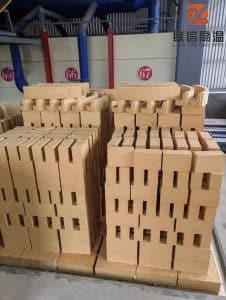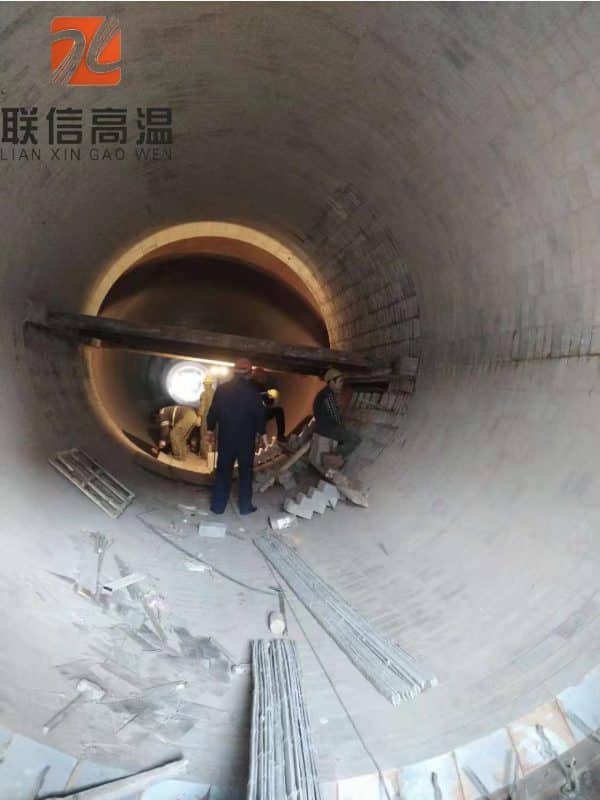Excellent refractory materials provide a strong protective shield for high-temperature industries

Excellent refractory materials provide a strong protective shield for high-temperature industries
https://www.lxrefractory.com/product/high-alumina-brick-for-electric-furnace-roof
High alumina bricks, a type of refractory brick made from high-alumina bauxite as the main raw material, occupy an important position in many high-temperature industries due to their excellent high-temperature stability and excellent slag resistance. This refractory material is not only able to withstand temperatures up to 1750-1900°C, but also has significant ability to resist the erosion of acidic and alkaline slags, making it an ideal choice for kiln linings in high-temperature industrial kilns such as metallurgy, electric power, and chemicals.
1. High temperature stability
High alumina bricks are able to maintain physical and chemical properties stable under extreme temperatures, which is critical in demanding industrial environments. In processes such as steel manufacturing, nonferrous metal smelting, and glass smelting, the stable performance of high alumina bricks ensures the durability of the furnace body and reduces material damage caused by temperature fluctuations.
2. Slag resistance
High alumina bricks have excellent ability to resist acidic or alkaline slag generated during the smelting process. Inside the furnace, it can effectively resist the attack of molten metal, slag and chemicals, protect the furnace structure from damage, extend the service life of the furnace and reduce maintenance costs.
3. Low thermal conductivity
High-alumina bricks have lower thermal conductivity than other refractory materials, which means they retain heat more effectively and reduce thermal energy loss. In high-temperature operations, this feature helps improve energy efficiency and save energy consumption, while also providing a safer working environment for operators.
4. High load softening temperature
High alumina bricks have a higher load softening temperature, that is, they can maintain a high working temperature without deformation under a certain pressure. This makes it perform well in high-temperature load-bearing environments, such as in key equipment such as cement rotary kilns and glass furnaces, ensuring stable operation of the equipment and production continuity.
5. Wide application
Due to its excellent properties, high alumina bricks are widely used in various high temperature industrial fields. In the metallurgical industry, it is used in furnace tops, furnace walls and furnace bottoms; in the power industry, it is used in combustion chambers and flues; in the chemical industry, it is used in containers and pipes that handle high-temperature chemical reactions.
6. Environmental protection and economic benefits
The use of high alumina bricks not only helps to extend the service life of the furnace body and reduce maintenance costs, but also reduces energy consumption due to its good thermal insulation performance, thus bringing significant economic benefits. At the same time, the production and use of high alumina bricks comply with environmental protection requirements and help reduce the negative impact of industry on the environment.
In short, high alumina bricks have become an indispensable material in high-temperature industries due to their excellent fire resistance, efficient heat energy utilization and wide applicability. Whether in the design and construction of the furnace or in the maintenance and protection of the furnace body, high alumina bricks have demonstrated their irreplaceable value, providing a solid guarantee for the sustainable development of modern industry.


